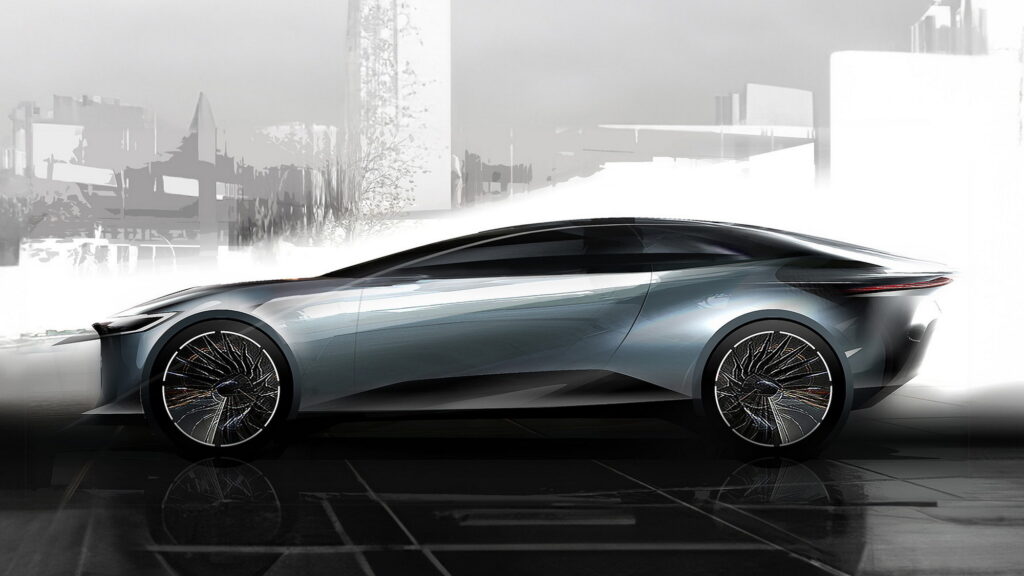Although artificial intelligence (AI) is the new hotness in the tech world, its full range of uses is still being discovered. Toyota believes that the new tech could be useful in automotive design, and has unveiled a new tool to help its employees create cars faster.
The system was developed by the Toyota Research Institute (TRI), and uses generative AI to help designers in the early stages of the creative process. It transforms text prompts into new renderings that can then be picked up and refined by human designers.
Although AI can’t fully design a new car yet, this new system can take constraints like drag and chassis dimensions into account as it generates images. These are important early considerations, since they have impacts on things like fuel efficiency, handling, ergonomics, and safety.
Read: Audi Is Using AI To Design The Wheels Of The Future
“Generative AI tools are often used as inspiration for designers, but cannot handle the complex engineering and safety considerations that go into actual car design,” said Avinash Balachandran, director of TRI’s Human Interactive Driving (HID) Division. “This technique combines Toyota’s traditional engineering strengths with the state-of-the-art capabilities of modern generative AI.”
By using optimization theory, the text-to-image tool can help designers in refining these engineering constraints with styling prompts. For example, a Toyota employee could write that they’re looking for the vehicle to be “sleek,” “SUV-like,” or “modern,” and the system will take that into account, while also balancing aerodynamics, for instance.
In research papers published by TRI, the team focuses mainly on aerodynamic drag, given its importance for extending range in electric vehicles. The automaker says that generative AI could help it design electrified vehicles more quickly and efficiently.
Toyota joins Nissan in using AI to improve aerodynamics. The latter company is using the technology to evaluate the aerodynamic potential of designs that its employees pen, rather than creating sketches of its own, though.







